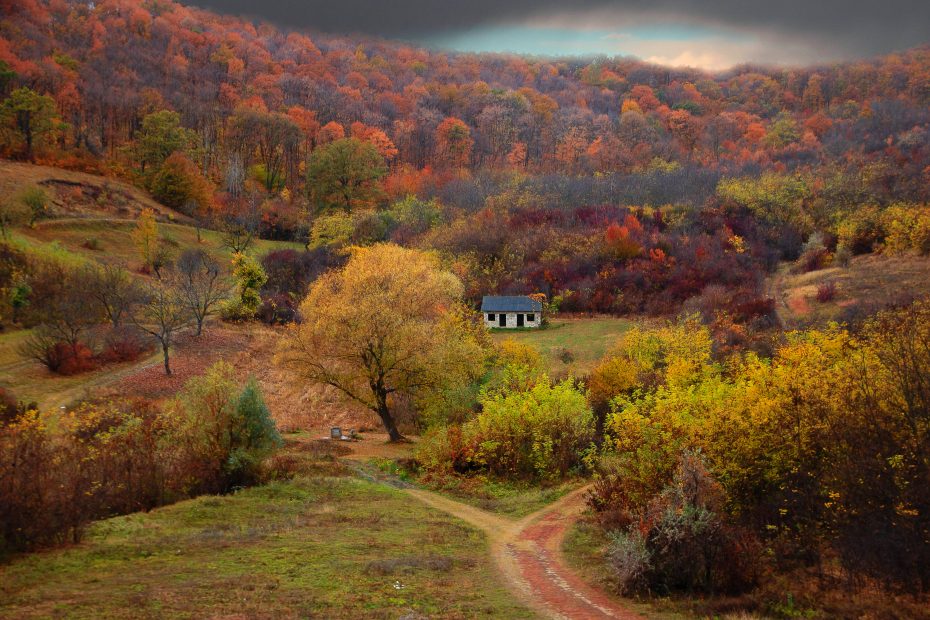Moldova is a small country situated between Romania and Ukraine that displays influences from its diverse past. Though independent since 1991, centuries of rule by neighboring powers have left an indelible mark on Moldovan culture and national identity. Examining Moldovan language, cuisine, architecture, traditions, and more reveals a blending of Romanian, Russian, and Turkic elements that exemplifies the country’s role as a cultural crossroads.
Table of Contents
Historical Background
To understand Moldova’s eclectic cultural heritage, it is important to consider key historical events. Between the World Wars, Moldova was part of Greater Romania. During World War II, it was annexed by the Soviet Union and remained part of the USSR until declaring independence in 1991. Both Romanian and Russian rule have significantly shaped modern Moldovan culture.
Romanian Influence
Moldova’s deep connections with Romania are apparent through its language. Moldovan is virtually identical to Romanian, with the majority of both populations belonging to the same ethnic group. Romanian culture left a profound impact on Moldovan customs, cuisine, folklore, and more.
Architectural landmarks showcase Moldova’s Romanian history, like the Nativity Cathedral, built in the Romanian late Renaissance style, and Ștefan cel Mare Central Park, named for a former Romanian prince. Romanian dishes like mămăligă (polenta), sarmale (stuffed cabbage rolls), and papanași (sweet fried dough) are staples in Moldova.
Russian Influence
Despite linguistic similarities with Romania, Russian remains in wide use, especially in major cities. The Cyrillic alphabet is still seen on signs. Mandatory Russian language education under the USSR also cemented its importance.
Soviet urban planning initiatives left concrete block housing and broad avenues lined with neoclassical government edifices in the Moldovan capital of Chișinău. Ongoing economic partnerships mean Russia remains one of Moldova’s largest trade partners.
Gagauz Influence
While ethnic Moldovans and Russians represent the largest population groups, other communities have also contributed to Moldova’s cultural patchwork. The Gagauz are a Turkic-speaking Orthodox Christian group concentrated in southern Moldova.
The Gagauz language, customs, and cuisine reflect their Central Asian ancestral origins. Signature dishes include gyaurma (meatballs), peciva (sweet bun), and keşke (porridge). Lively Gagauz folk music and dances continue to be practiced.
Preserving Cultural Identity
In the wake of Soviet Russification policies, strengthening national identity and preserving native cultures are priorities in Moldova today. Romanian remains the sole official language, while Russian, Gagauz, and Ukrainian are recognized regional languages.
Major folk festivals like Mărțișor and Hora la Chișinău showcase traditional music, costumes, and dances. Restored historic sites and local cuisine maintain connections to the past even amidst globalization.
Blending Old and New
For younger generations in the cities, the Moldovan cultural balance is tilting further towards the modern and global. Western fashion, music, films, and food are eagerly adopted by youth. However, a deep respect for traditions and pride in Moldovan culture continues.
Rural communities tend to more closely adhere to historic cultural practices in language, dress, and lifestyle. Ongoing urbanization may accelerate the pace of change, but familiar touchstones like family, faith, food, and folklore will endure.
Looking to the Future
Moldova’s rich cultural mosaic will continue to evolve, but its heritage will remain vital to national identity. Each ethnic group has contributed threads to a cohesive social fabric.
By valuing diversity and cultivating mutual understanding, Moldova is poised to weave a vibrant culture blending tradition with innovation. The past and future can be bridged by embracing what makes this small country unique.
Conclusion
Through Romanian, Russian, and Gagauz influences, among others, Moldova has developed a remarkable cultural fusion. Its history as a borderland has allowed diverse identities to intersect and create something new. Moving forward, Moldova continues pursuing modernization while still tending to the roots of its rich cultural traditions.
FAQ
Q1: What languages are spoken in Moldova?
A1: The main languages spoken in Moldova are Moldovan (Romanian), Russian, and Gagauz. Moldovan uses the Latin alphabet while Russian uses Cyrillic.
Q2: What different ethnic groups live in Moldova?
A2: The main ethnic groups are Moldovans, Russians, Ukrainians, Gagauz, Bulgarians, and Roma. Moldovans and Russians are the two largest groups.
Q3: What is a major cultural festival in Moldova?
A3: Mărțișor is a popular early spring festival celebrating traditional customs with music, dance, costumes, and special events.
Q4: What foods are unique to Moldovan cuisine?
A4: Signature Moldovan dishes include mămăligă (polenta), sarmale (stuffed cabbage rolls), plăcinte (pastries), and brânză (fresh cheese).
Q5: What architectural styles can you see in Moldovan cities?
A5: Moldovan architecture includes Romanian/Italian-influenced buildings, Soviet concrete blocks, and medieval-era churches and monasteries. Vine-covered wineries are also common.
